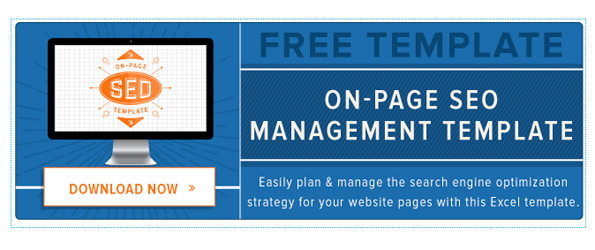- Home
- About Me
- My Work
- What I Do
Design & Development
Digital Marketing
Consulting & Speaking
- Weekly Blog

July 27, 2017

Having a blog on your business website has several advantages, not only is the blog a great way to position yourself as the thought leader in your given industry but it plays a big role in SEO and also provides great content to share social media.
The downside to sharing your blog on social media is that it often leads to a low Bounce rate. Most people who visit a blog, especially from a social media link, often read that one particular blog and leave shortly after. Ideally, you’d like people to do more than just read a blog and leave. You want them to stick around as long as possible. Read another blog, check out your services and most of all visit your contact page and submit their information for the all important lead.
A couple of months ago I ran into this problem myself so I tested some different ideas that I thought might help lower my Bounce rate. Below is a quick review of the 3 ideas that worked best.
First things first. I’ve explained Bounce rate in a few of my past SEO blogs but incase you missed it, Bounce rate is the percentage of users who navigate to a website and then “bounce” or leave the website after viewing only one page. This is a concern for digital marketers because having a low Bounce rate is believed to be an important SEO factor.

By including links to your previous blog posts within your current blog posts you are giving the reader an opportunity to easily visit another page on your website. This can be done by simply linking a few words in your current blog post to your past blog post. You’ve probably noticed I’ve done this quite a bit in the post you’re reading right now.
Another way to link to past blog posts is to include a “You may also like…” section on your blog which automatically pulls your past blog posts based related text, category or tag. This can easily be done by installing a plugin like WordPress Related Posts if you’re using WordPress as your CMS.
Most of the blogging platforms used today (especially WordPress) use what’s called a “Sidebar” to offer readers a separate area of information that is often related to the main content of the page. You can see my sidebar to the right. You’ll want to make the most of your sidebar by keeping the content within it linking to other areas of your website.
Common items in a sidebar include: links to your blog categories, link to your blog tags, links to previous blogs and links to your blog archive. You can do even more with your sidebar to keep the Bounce rate down such as: include a brief “About Us” area, linking to a newsletter signup page or linking to your services.
If your blog content is interesting enough, chances are the reader has read the entire blog and made it to the bottom. What better opportunity to give them something else to click than in that area? Hubspot does a great job adding a call-2-action button or banner to the bottom of each of their blogs.

The call-2-action banner is always related to the content in the blog post. For example: a blog post about SEO will have a call-2-action that says “Click here to download our ‘Best SEO Tips of 2017’ whitepaper!” That leads to a separate page which asks the reader to enter their information (name, email, phone etc.) in exchange for the ability to download the PDF. Not only does this reduce the Bounce rate of the blog, it also helps generate a new lead. Perfect!
Topic: Online Marketing
Written By: Sebastian Agosta